St. Catherine’s Monastery, Sinai
St. Catherine’s Monastery, Sinai
St. Catherine’s Monastery, Sinai
-
Hannah
-
Hannah
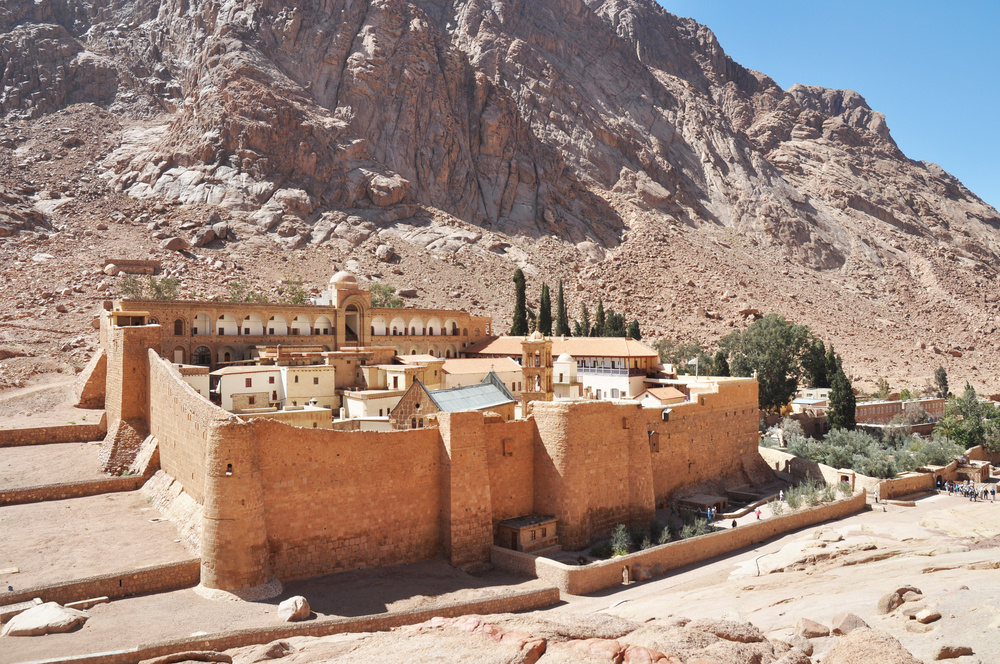
For many hundreds of years, pilgrims have travelled from far and wide to St. Catherine’s, a most sacred place in Christianity, Islam and Judaism.
The monastery is situated in Sinai, the eastern peninsula of Egypt which is part of Asia (rather than Africa, as for the rest of Egypt). It is nestled in the desert at the foot of the great Mount Sinai, where, according to the Bible and the Quran, Moses received from God the Ten Commandments.
St. Catherine’s Monastery dates all the way back to the sixth century, making it one of the oldest monasteries in the world. Since the fourth century a chapel had existed here, built by Saint Helena, mother of the Roman emperor Constantine the Great. It was called the Chapel of the Burning Bush and it was believed that it had been built on the site of the Burning Bush seen by Moses. Then, in the sixth century, the Byzantine emperor Justinian I ordered that a monastery be built around this chapel: the Sacred Autonomous Royal Monastery of Saint Katherine of the Holy and God-Trodden Mount Sinai.
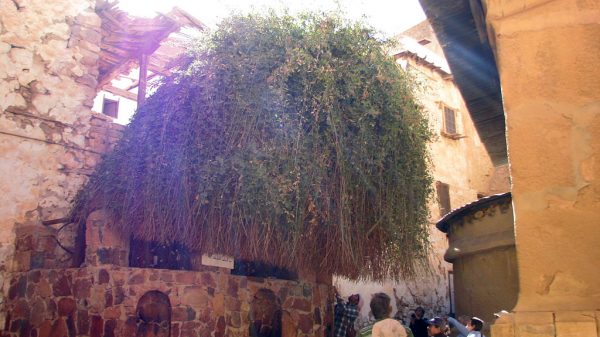
The Burning Bush, still at the monastery today
Who was the saint to whom this holy place was dedicated? According to histories of saints, Catherine (or Katherine) of Alexandria was a young lady of noble birth from the third century. She found Christianity in her teens, converted many people to her faith and was martyred at the age of eighteen when she was executed by the Roman emperor Maxentius.
![]()
Icon of Saint Catherine at the monastery
In 2002, the monastery was named a World Heritage Site by UNESCO. It is part of the Church of Sinai, which is in turn part of the Greek Orthodox Church. There is also a mosque within the walls of the fortifications of the monastery, created by the Fatimid Caliphate of the tenth to twelfth centuries, which was of the Ismaili Shia branch of Shia Islam.
Of special interest at the monastery are the library and the art collection.
The library
This is the oldest library to be continually in use in the entire world. It houses some 3,300 manuscripts, and has the second-largest collection, after the Vatican, of old manuscripts and codices (the predecessor of the book). These are in many languages, including the rarely found Hebrew. Here, in the nineteenth century, a German biblical scholar found the Codex Sinaiticus, which dates to the fourth century and is one of the oldest manuscripts of the Bible.
Another important manuscript found at the library is the Syriac Sinaiticus, dating to the late fourth century, which is a translation of the four gospels of the New Testament into Syriac.

Matthew 15:12–27 in the Syriac Sinaiticus
Also of great interest is the Patent of Mohammed Granted to the Holy Monastery of Sinai, granted to the monastery by Mohammed himself and sealed with an imprint of his hand.
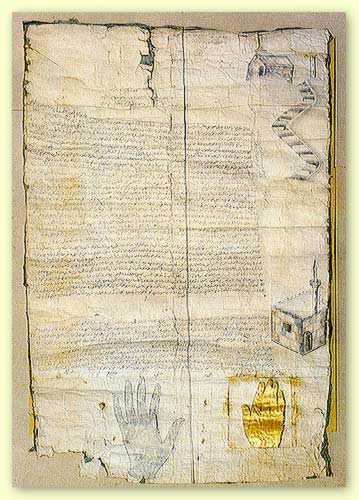
The Patent (or Ashtiname) of Mohammed
According to the monastery’s website:
The continuous existence of the monastery during fourteen centuries of Islamic rule is a sign of the respect given to this Letter of Protection, and the principles of peace and cooperation that it enshrines.
Of course there are so many more valuable items at the library as well; it really is a historical treasure trove.
The art collection
It is thought that St. Catherine’s houses the largest collection of icons in the world; certainly its icons are absolutely priceless and such important pieces. Some date as far back as the fifth and sixth centuries, which makes them really special – during the era of the Byzantine Empire, its Iconoclasm saw widespread destruction of religious icons. The Christ Pantocrator is particularly precious; it is one of the oldest and most important Byzantine religious icons.
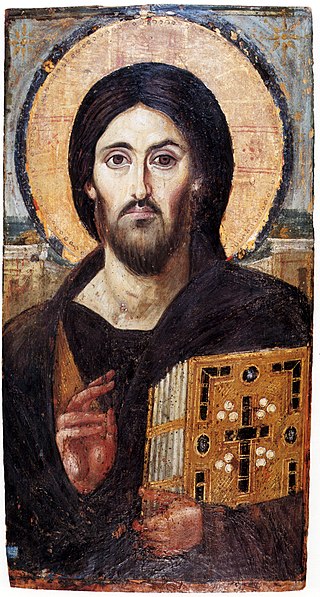
Christ Pantocrator
Also of great value is the Ladder of Divine Ascent, dating to the twelfth century and showing the monks’ ascent to Heaven while being coaxed on by angels and tugged at by demons.

Ladder of Divine Ascent
Today, the monks continue with their traditional way of life and worship, and uphold their sacred duty to protect the monastery and its precious contents. If you wish to visit, it is expected that you will do so as a pilgrim, not a tourist, and will show great reverence and respect.
You may also decide to climb to the Holy Summit of Mount Sinai, known as Jebel Mousa, perhaps in time to see the sun rise. Camels are available for hire and will lead you on a gradually climbing trail to near the top, or you may choose to take the historic route created in the sixth century, the Way of the Steps. These steps are known as the Steps of Repentance, and there are some 3,750 of them – a climb to make one repent of one’s sins indeed.
At the Holy Summit you’ll find a mosque and a Greek Orthodox chapel, and two caves where Moses stayed before receiving the Ten Commandments. You’ll also see spectacular views – and perhaps, if you take a moment for yourself, you’ll feel the peace and serenity of this special place.
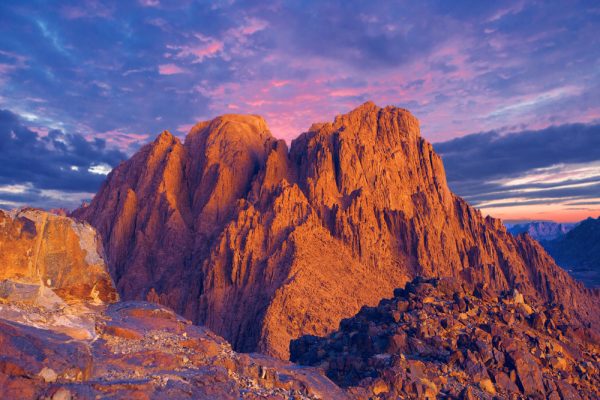
Mount Sinai at sunrise
Photo credits: 1) Radovan1/Shutterstock; 2) Dale Gillard/Wikipedia; 3) Orthodox33/Wikipedia; 4) Agnes Smith Lewis/Wikipedia; 4) public domain; 5) public domain; 6) Florian Prischl/Wikipedia; 7) Mountains Hunter/Shutterstock.